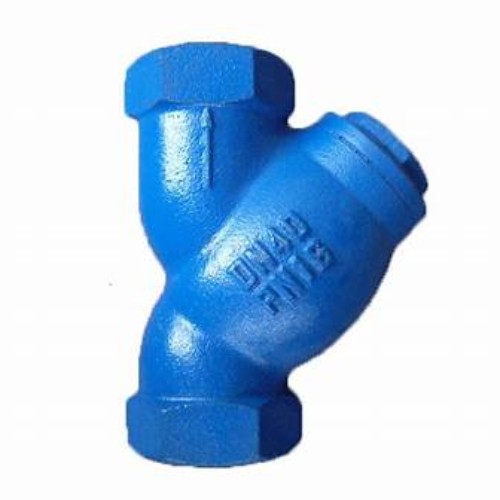2 way ball valves
Understanding 2-Way Ball Valves Function and Applications
In various industrial and commercial applications, controlling the flow of liquids and gases is crucial. Among the numerous valve types available, the 2-way ball valve stands out for its simplicity and efficiency. This article explores the basic functioning, key features, and applications of 2-way ball valves, highlighting their importance in modern piping systems.
What is a 2-Way Ball Valve?
A 2-way ball valve is a type of valve that utilizes a spherical disc, or ball, to control the flow of fluid through a pipe. The ball has a hole in the center, allowing fluid to flow through when oriented correctly. When the valve is closed, the solid portion of the ball obstructs the flow. The primary function of a 2-way ball valve is to either permit or stop the flow of fluid, hence its designation as a 2-way valve. It typically has two ports an inlet and an outlet.
Design and Operation
2-way ball valves are designed with a straightforward mechanism, comprising a ball, a valve body, and an actuator. The ball is often made from durable materials such as stainless steel or brass. When the valve is in the open position, the hole in the ball aligns with the ports, allowing fluid to pass through. Conversely, when the valve is turned 90 degrees to the closed position, the solid part of the ball blocks fluid flow.
These valves can be manually operated using a lever or actuated automatically using electric, pneumatic, or hydraulic systems. The ease of operation makes 2-way ball valves an excellent choice for applications that require quick and reliable shut-off capabilities.
Key Features
2 way ball valves

One of the standout features of 2-way ball valves is their ability to provide a tight seal. This is essential in preventing leaks and ensuring system integrity. Additionally, their simple design allows for relatively low maintenance and long service life, making them a cost-effective solution for many industries.
Another significant advantage is the ability to handle a wide range of fluid types, including gases, water, and chemicals. This versatility allows for broad use across various sectors such as oil and gas, water treatment, HVAC systems, and manufacturing processes.
Applications
The applications of 2-way ball valves are extensive. In the oil and gas industry, they are used to control the flow of crude oil and natural gas, enabling efficient processing and distribution. In water treatment facilities, these valves play a crucial role in regulating water supply and ensuring treatment efficiency.
Moreover, in the HVAC sector, 2-way ball valves are employed to control heating and cooling systems, facilitating temperature regulation in buildings. They are also widely used in manufacturing processes where precise flow control is critical for productivity and safety.
Conclusion
The 2-way ball valve is a fundamental component in various fluid control applications due to its efficient design, durability, and reliability. Whether in industrial, commercial, or residential settings, these valves provide essential functions that contribute to the safe and effective operation of piping systems. Understanding the advantages and applications of 2-way ball valves can help engineers and operators select the right valve for their specific needs, ensuring optimal performance and reliability in their fluid handling systems. As technology advances, the role of these valves will continue to grow, underscoring their significance in modern infrastructure and industrial processes.
-
The Key to Fluid Control: Exploring the Advantages of Ball Valves in Industrial SystemsNewsJul.09,2025
-
The Versatile World of 1, 2, and 3 Piece Ball ValvesNewsJul.09,2025
-
Stainless Steel Ball Valves: The Ideal Choice for Efficient Flow ControlNewsJul.09,2025
-
Optimizing Fluid Control with Ball Float ValvesNewsJul.09,2025
-
Manual Gate Valves: Essential for Control and EfficiencyNewsJul.09,2025
-
Everything You Need to Know About Butterfly ValvesNewsJul.09,2025
-
The Versatility of Wafer Type Butterfly ValvesNewsJul.08,2025




